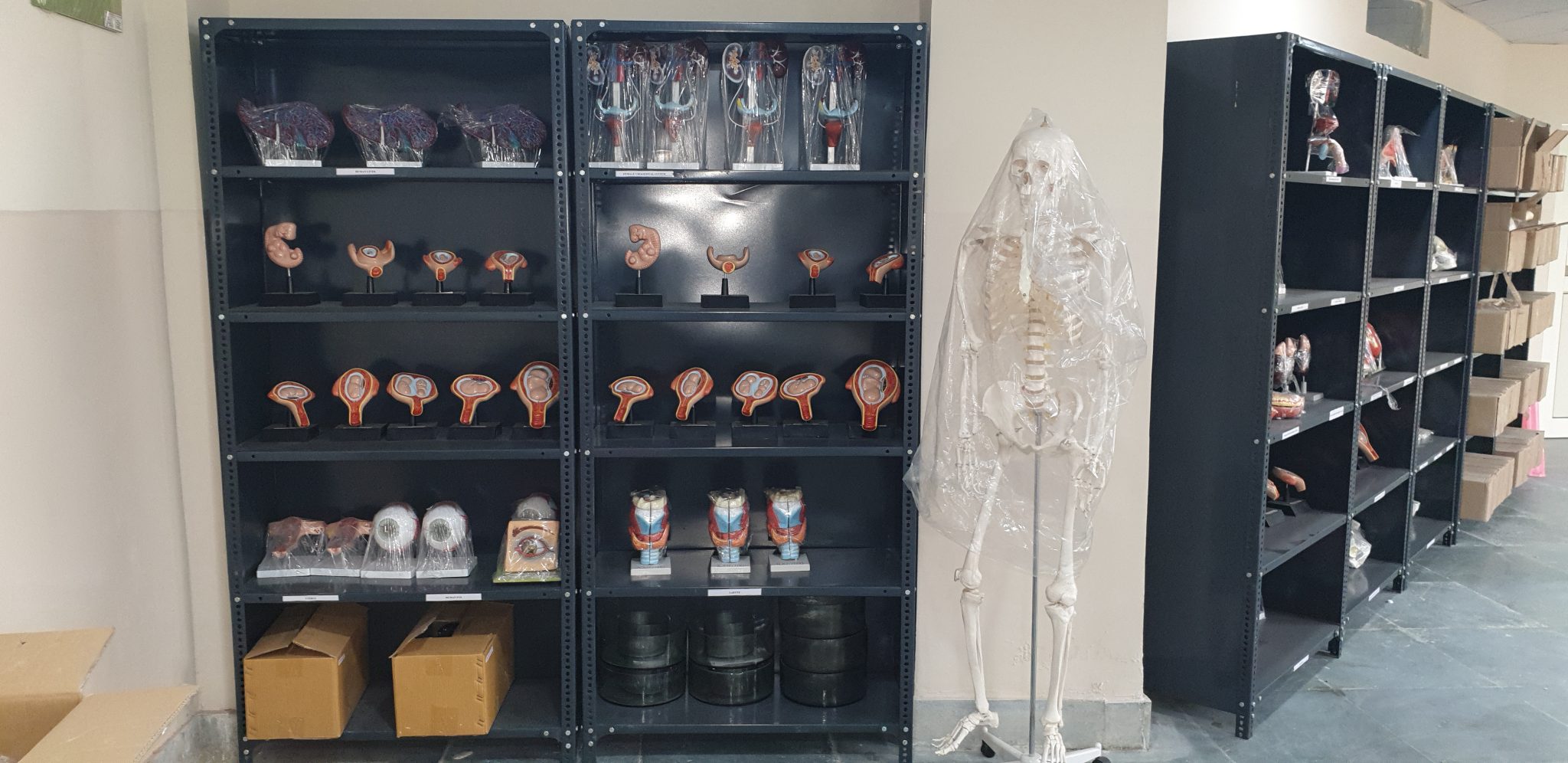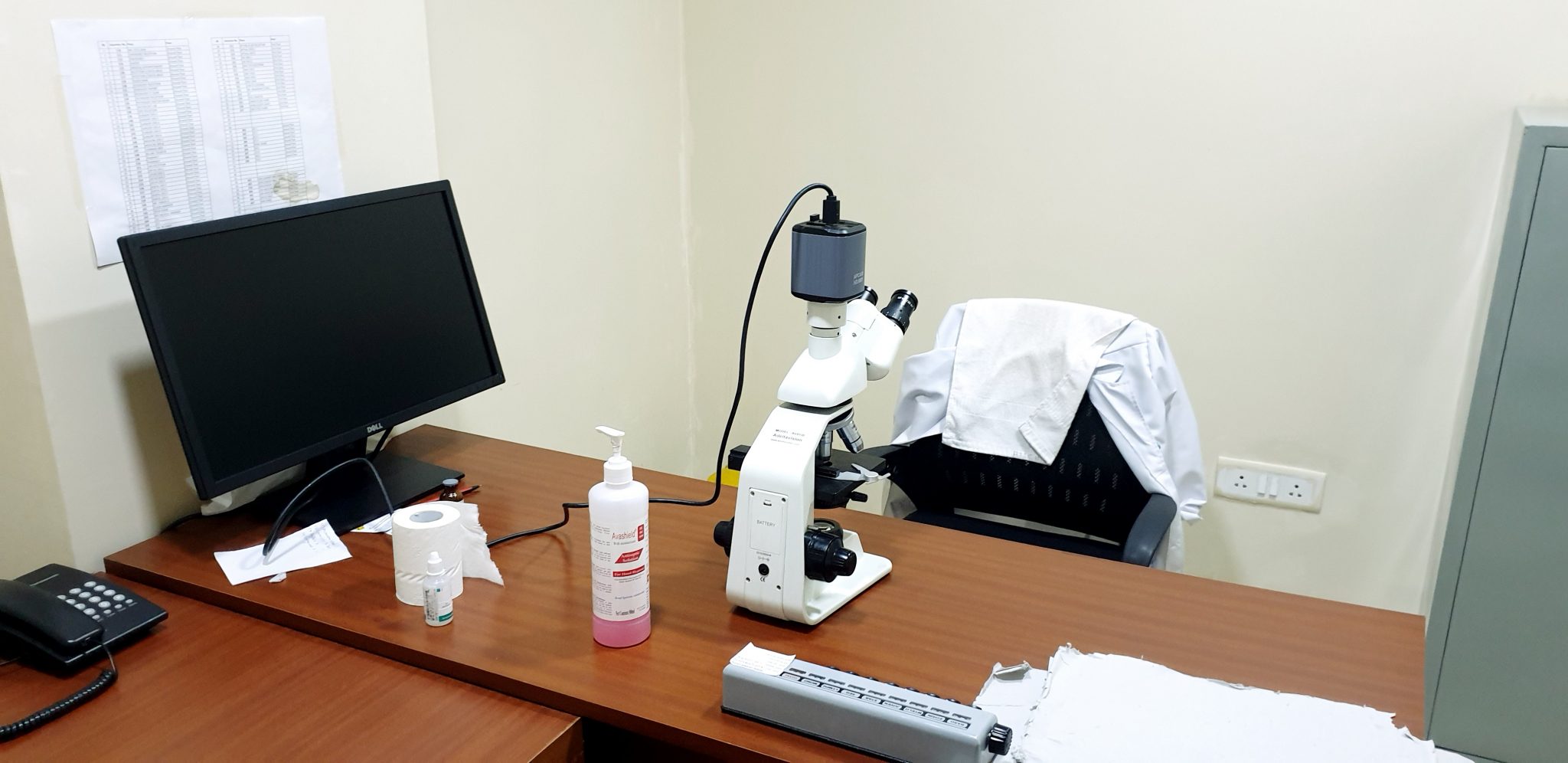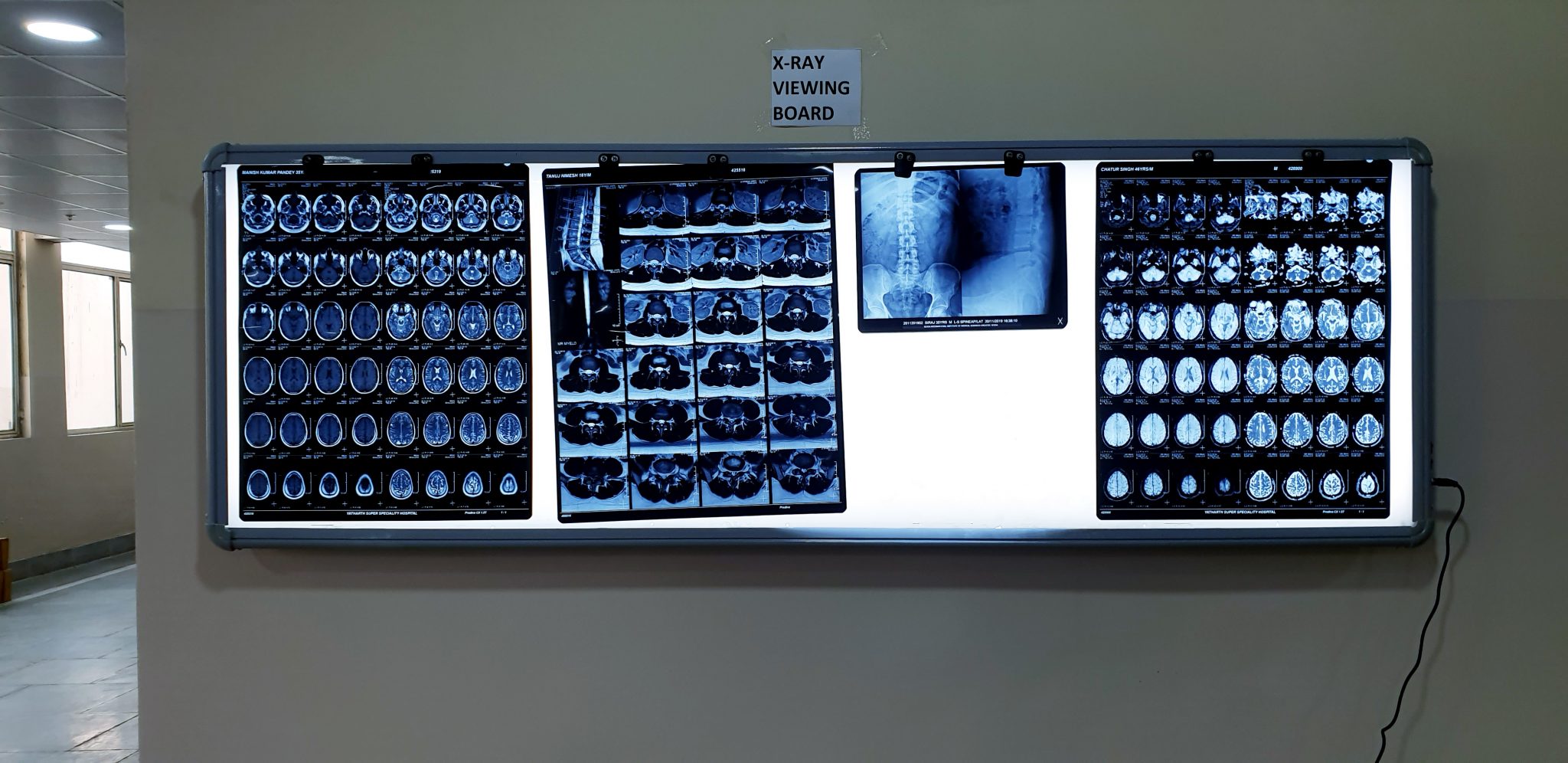Anatomy
Derived from the Greek & dissection & (from ἀνατέμνω anatémnō ). Anatomy is the scientific study of the structure of organisms including their systems, organs and tissues. It includes the appearance and position of the various parts, the materials from which they are composed, their locations and their relationships with other parts.
The discipline of anatomy can be subdivided into a number of branches including gross or macroscopic anatomy and microscopic anatomy. Gross anatomy is the study of structures large enough to be seen with the naked eye, and also includes superficial anatomy or surface anatomy, the study by sight of the external body features. Microscopic anatomy is the study of structures on a microscopic scale, along with histology (the study of tissues), and embryology (the study of an organism in its immature condition).
Anatomy can be studied using both invasive and non-invasive methods with the goal of obtaining information about the structure and organization of organs and systems. Methods used include dissection, in which a body is opened and its organs studied, and endoscopy, in which a video camera-equipped instrument is inserted through a small incision in the body wall and used to explore the internal organs and other structures. Angiography using X-rays or magnetic resonance angiography are methods to visualize blood vessels.
The term & anatomy & is commonly taken to refer to human anatomy. It comprises a consideration of the various structures which make up the human organism. In a restricted sense it deals merely with the parts which form the fully developed individual and which can be rendered evident to the naked eye by various methods of dissection. Regarded from such a standpoint it may be studied by two methods:
- The various structures may be separately considered—systematic anatomy; or
- The organs and tissues may be studied in relation to one another—topographical or regional anatomy.



